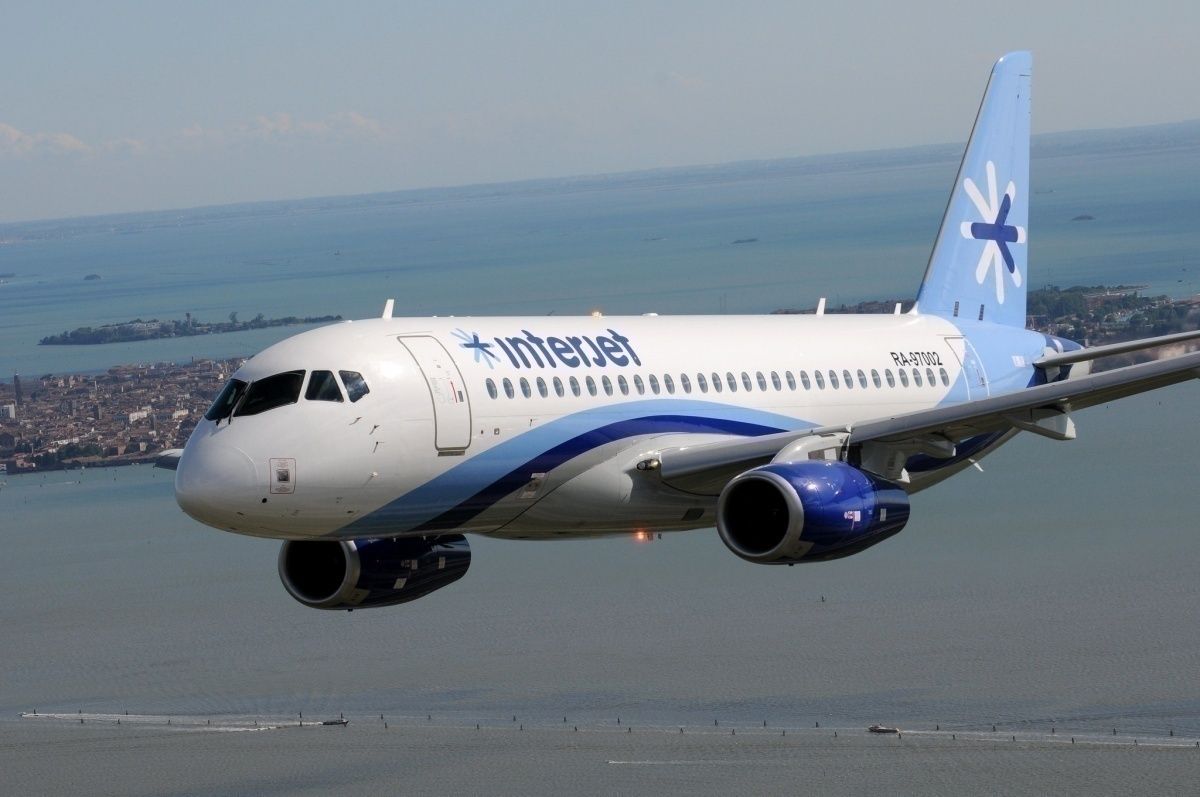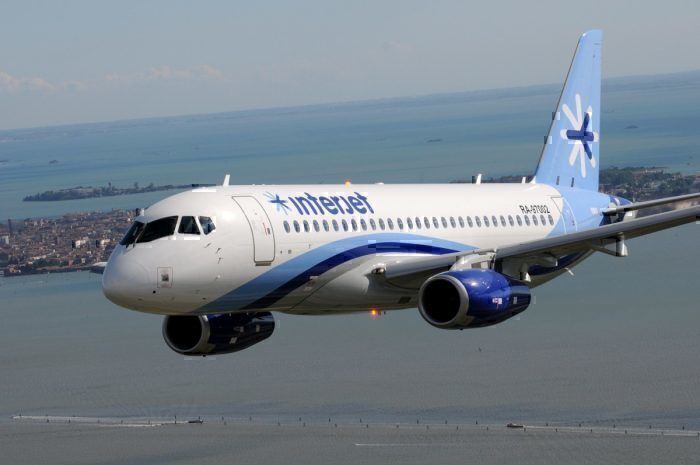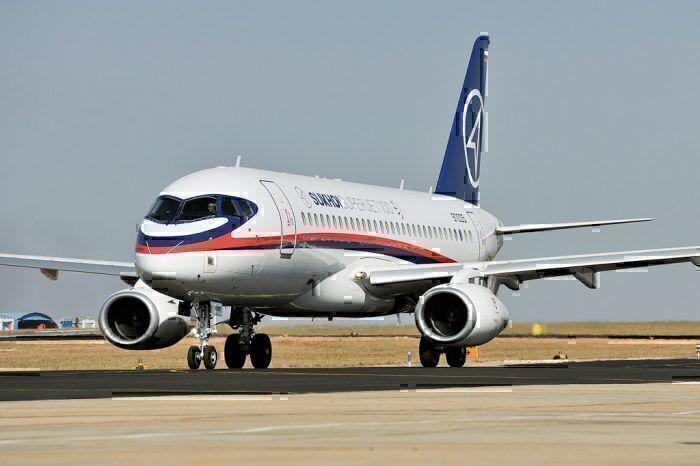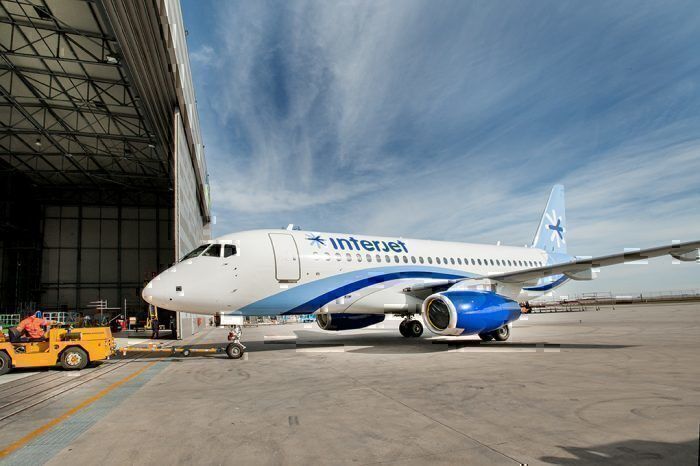**Update: 01/16/20 @ 21:40 UTC - Interjet confirmed is moving on to an Airbus-based fleet**
The 2012 purchase of 22 Sukhoi Superjet 100 (SSJ100) constrains the Mexican carrier Interjet even today. As of January 2020, only four of these aircraft are used commercially but the airline is still paying for all of them. The company parked the others inside Toluca International Airport, some of them cannibalized.
Both Interjet and the manufacturer, Sukhoi Civil Aircraft (SCAC), are very secretive with the details of this story. Nevertheless, something is clear: Interjet is trying to get rid of its SSJ100 fleet.
Interjet is in debt with the Russians
Even though Interjet is the third most important airline in the Mexican market, the company is in huge amounts of debt. Sukhoi told us that the carrier has difficulties paying “to banks, export credit agencies and suppliers within SSJ100 Program, including SCAC”.
The debt limits the company in a big way. In 2017 and 2018, Interjet finished with operating losses. In 2019, the airline only published the financial results of the first quarter, with red numbers as well.
Also, Interjet can’t pay for the spare parts needed for the SSJ100 fleet, Sukhoi admitted. They said:
"The process of operational deliveries of spares to Mexican airline is affected by the systematic arrears in payment from Interjet itself to spares’ suppliers, including the engine manufacturer."
The low-cost airline with high costs
Interjet is a low-cost carrier. That means it deeply relies on having a complete operating fleet. As Volaris, one of the main competitors of Interjet, once said: the maintenance for the aircraft has to be as quick and safe as possible, or else we’re losing money.
Interjet is far from this goal. By January 2020, the carrier operates only four of 22 SSJ100 (although the number sometimes increases to seven, depending on the season and the workload of the airline).
There is also an array of different struggles hitting the company; from problems with the employees to the recent reports of an imminent bankruptcy that Interjet strongly denies, to the saturation in Mexico City’s airport, which leads to constant delays. To put it in a nutshell: it is not pretty.
The far-away maintenance of the Russian plane
The Sukhoi is as good an airplane as the ones made by Airbus or Boeing. It just has one problem: maintenance. As we’ve stated before, Russia is where the aftermarket support ends. Interjet is far, far away from a spare part when the airline needs one.
As Mexican journalist Andrea Navarro stated, flying an SSJ100 is like driving a Hummer through the desert: for a while, you’ll be fine but someday you’ll need a spare piece and a working hand to help you fix your vehicle. That is when the problems start, in a big way. Especially if the nearest help is across the Atlantic Ocean.
Originally, each of the Sukhoi units cost 31.7 million USD to the carrier. The offers by Embraer and Bombardier were three times higher.
At the time, the decision seemed wise. The outlook changed when mechanical issues started. Like in 2015, when the carrier lost one of the airplanes due to an accident in Mexico City (without casualties, fortunately).
Interjet complained about the after-sales service. As a result, Sukhoi took additional measures to help the Mexican carrier, “including the purchase of spares on the conditions for Interjet, aiming to provide maintenance of the airworthiness of the aircraft."
But it seems that the future of the only Russian-made fleet in America is bleak. According to the manufacturer, Interjet is remarketing the grounded planes. Some of them “are being adopted for a new customer”.
So, even if the SuperJet 100 makes a comeback fueled by Aeroflot, Interjet is eager to move on from this mistake. The airline confirmed its plan to move on to an Airbus based fleet.
What do you think? Let us know in the comments.




